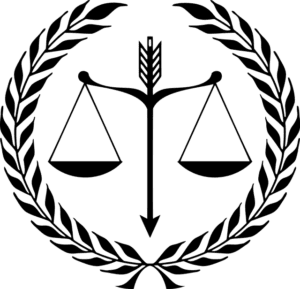How Does the Personal Injury Claim Process Work?

If you were seriously hurt because someone else failed to act with reasonable care, you may be thinking about filing a personal injury claim. Chances are you’ve never had to navigate such a situation, though, and you’re wondering what to expect along the way.
Since every case is unique—and legal proceedings are inherently unpredictable—there’s no way to be sure of the outcome on day one, nor how you’ll arrive at it. You can, however, familiarize yourself with the basic stages of the personal injury claim process so you have some idea of the twists and turns you may encounter along the way.
Let’s take a look at the various phases that generally compose the proceedings in question:
1. Conducting a Thorough Investigation
Before you can file your claim, you must determine whom to name in it. As such, your legal team will investigate the incident to identify all potentially liable parties. This may involve:
- Interviewing eyewitnesses;
- Reviewing official reports; and
- Obtaining photographs and/or video footage of the scene.
2. Drafting a Demand Letter
After your personal injury attorney has determined who’s to blame, he or she will help you calculate the extent of the damages you’ve incurred as a result of the tort. You will then draft a demand letter in which you summarize the circumstances and request the funds needed to cover all associated losses.
3. Commencing Negotiations
It’s highly unlikely that the liable party will accept your initial request for compensation. Instead, they’ll probably deny the demand outright or commence negotiations with your legal team.
4. Filing a Formal Lawsuit
If you receive a denial or negotiations prove futile, filing a lawsuit may be the only way to seek a satisfactory payout. To begin the proceedings, you’ll have to file a formal complaint and then serve the defendant.
If they fail to respond before the allotted deadline has passed, a default judgement will be issued in your favor. Otherwise, your case will move on to the next stage.
5. Conducting Discovery
The purpose of discovery is to uncover evidence that will contribute to the strength of your case. At the same time, however, the opposing party will be attempting to gather evidence that helps them challenge your claim.
6. Attending Alternative Dispute Resolution
Depending on the kinds of evidence that come to light during discovery, the liable party may or may not settle. If no settlement is reached, your case may enter alternative dispute resolution. During mediation, for example, a neutral third-party attempts to help the plaintiff and defendant arrive at a resolution that they both deem satisfactory.
7. Proceeding to Trial
Should ADR be unsuccessful, the case will go before a judge or jury. After hearing both sides, the court will issue a verdict in the plaintiff or defendant’s favor. Thankfully, most personal injury cases are resolved long before this stage, so plaintiffs rarely have to worry about going to court.
Discuss Your Claim with a Personal Injury Attorney in West Palm Beach
If you want to file a personal injury claim in Florida, turn to Weston & Pape for personalized and attentive guidance at every stage of the proceedings. We will not charge a fee unless we recover compensation on your behalf. Call 561-299-3999 or fill out our Contact Form to schedule a free consultation with a personal injury lawyer in West Palm Beach.

 Call Us Today
- It's Free
Call Us Today
- It's Free